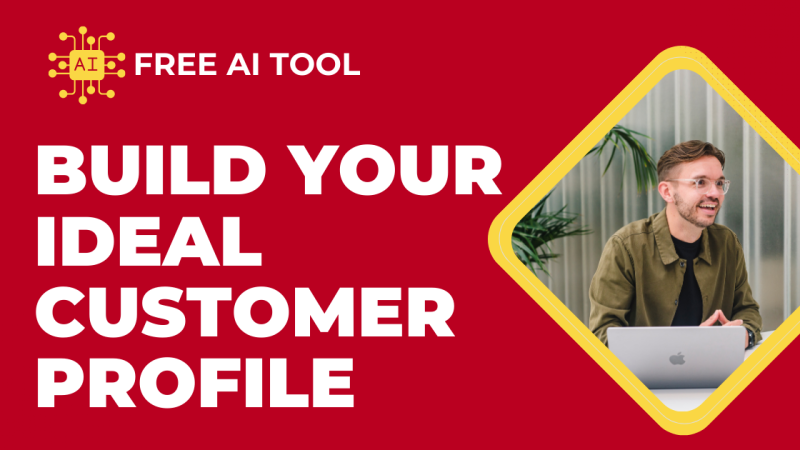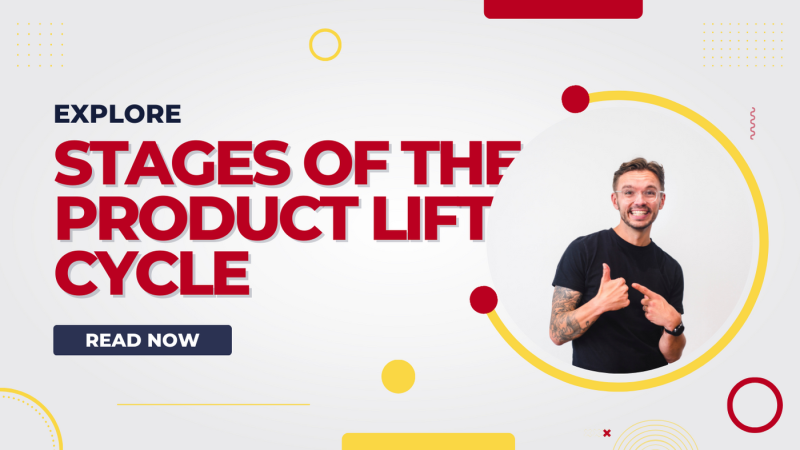Marketing's ultimate goal is increased sales, thus it also works to increase exposure for the brand and generate sales-ready leads. Getting the word out about a small business might be difficult because of the company's lower profile and limited resources (like budget or time). There are, however, methods that might assist you expand your small company' advertising efforts.
Even if you're starting out with a tiny team, a tight budget, or no clear path ahead, a well-thought-out marketing strategy may help you reach where you need to go.
These tactics are essential in raising brand recognition and monetising your organisation's efforts:
1. Recognise who you're talking to.
One common blunder is assuming that you can sell to everyone. However, while larger enterprises might potentially reach a broader audience, "the riches are in the niches" for a reason. As a small firm, you'll have the most success if you focus on a certain market segment. To find success in a niche market, you need to have an intimate familiarity with the challenges, frustrations, opportunities, and concerns of your target consumers.
Is there something driving them to finally make a purchase? So, what does it look like if they do succeed? You may use this knowledge to create more persuasive communications about your solution.
Prioritise current and potential clients while planning your strategy. To further your ability to put yourself in your target market's shoes, develop a buyer persona.
2. Put an emphasis on what you have to offer.
Because there is no compelling reason for a buyer to do business with you if you are identical to your competitors, it is essential that you differentiate yourself in some way. The key to standing out from the competition and convincing potential customers that you're the right provider for them is a compelling value offer. What is it that you accomplish better than your competitors? It's an excellent point, and one that can be effectively communicated.
3. In order to succeed, you must maintain a concentrated concentration.
If you've done any research into marketing, you've probably realised that there are a trillion different paths you may go. It's tempting to try to tackle everything at once, building a complex machine in the hopes that you've thought of everything.
Find out where it will have the most effect, instead. In what area of your marketing strategy do you have the most difficulty seeing the forest for the trees? Focus your efforts and energy on the strategies and methods that will get you to that one performance objective. When you reach a certain milestone, you might double down on your efforts or switch gears to pursue new opportunities.
4. Focus on winning in the short term.
Have a shaky beginning. Profitability is of increasing importance as you expand. You may then use your newly acquired momentum and resources to invest in larger endeavours, long-term bets, and enduring business ideas.
Time-consuming strategies (like search engine optimisation) aren't ideal for your top priorities because they won't yield a sufficient return fast enough. Do so if you are able, but don't put all your eggs in that particular basket.
You may discover that sponsored advertisements provide that short-term ROI if you have data showing that individuals are searching Google with the purpose to buy your specific solution.
5. Keep doing more of what's working.
After getting your initiatives up and running and after trying out a few different approaches, it's time to start paying attention to the data. Finding out what's effective with this method. It's wise to put more emphasis on revenue streams that have already proven successful as you expand.
6. Realise the value of your current clientele.
Getting a new client often costs five times as much as keeping an old one. So, keep marketing to them even after they've completed a purchase.
Find the chances you have of having customers buy from you again, or buying something else from you, or doing both. Repeat buyers have already established familiarity, favourability, and trust with your business. By satisfying their needs, you increase the likelihood that they will return to you for future transactions.
In the case of a one-and-done transaction with no upsell prospects, you should still aim to exceed your clients' expectations. Promotion by word of mouth is highly effective and inexpensive.
7. Leverage no-cost advertising avenues.
With the goals and scope you've set, it's not necessary to spend a lot of money on expensive advertising materials. To save money, go for free marketing tools whenever feasible, and only invest in premium solutions if you're confident they'll significantly boost your current operations or performance.
8. Establish your own digital presence by making a website.
A website that looks professional is one of the most valuable things you can build for your company. This is where you will give details about your business, including who you are, what you sell, where you are, and how interested parties may get in touch with you.
It's a channel you'll always have control over (unlike social media, which may suddenly shift in policy or go out of favour), and it can bring in visitors all on its own in addition to receiving traffic from paid advertising and other promotional efforts.
Your website serves as more than simply a digital brochure. You can make it work for you around the clock if you know how to convert visitors into potential customers (more on that later).
9. As a means of attracting visitors to your website, you should think about starting a blog.
Those potential customers who haven't made a final buying choice might benefit greatly from the organic traffic that can be generated by blogging. Further, it can help you become a recognised expert in your field and gain a position of leadership.
To create a blog, just utilise a cheap or free website builder and a premade template. Publishing as little as once per week will increase your website's internet presence and educate your potential clients about why your firm deserves their confidence.
You may start collecting leads and providing potential consumers with a chance to acquire information even if they aren't ready to buy anything just yet by including a call to action on your articles encouraging them to subscribe to your blog and get emails once you have started publishing.
10. Use social media to advertise your services.
Social media is an effective marketing strategy because of the sheer number of people that use it every day. Participating in conversations with potential buyers, expanding your brand's reach, and promoting your items are all achievable with social media marketing. For what possible reason would you avoid advertising in places frequented by your target audience?
11. Spend money on advertisements.
Because of the time commitment required to create organic traffic, a small company's resources are better spent on more immediate opportunities. Pay-to-play strategies that focus on high-intent purchasers are useful for quickly achieving some goals.
If you already know that your potential customers are actively looking for your service or product online, then Google Ads is the way to go. If they aren't, it may be time to try advertising on social media. People on social media may be less likely to make a purchase, but it's still possible to attract customers with well-targeted advertisements and a large enough number of impressions.
12. Get the contact details of those who show interest in your website.
We've spent a lot of time discussing exposure and foot traffic, but we haven't yet gotten into the ways in which these will contribute to income generation. Adding a conversion tool to your website is an easy approach to begin attracting new clients.
You may then send them advertisements and offers in an effort to attract them as paying clients. It is possible to improve your website and generate leads with the aid of any of these 24 conversion tools.
13. Leads may be nurtured using email marketing.
Not all leads are ready to buy just because you've converted them from website visitors. Keeping in touch and nudging them toward a final purchase decision is crucial.
Your marketing toolset would be incomplete without email marketing. In fact, 73% of millennials say email is their preferred method of receiving company information.
This approach is a simple, cost-free, and scalable method of reaching out to new and existing clientele.
You may try out emailing your database newsletters (with your shiny new blog articles) and other promotions after you have an email marketing platform in place (many are affordable or even free). Since running a small business already requires a significant time commitment, marketing automation may be a great help in this area.
14. Utilize a customer relationship management system to organise your connections.
Email marketing is most effective when sent to a specific audience. A customer relationship management (CRM) system or database is the first step in this process.
To better keep tabs on customer interactions and spot sales opportunities, your CRM maintains data on your leads, prospects, and customers.
15. Take use of word-of-mouth to spread your message.
Delighting consumers may have a significant effect on your company, particularly through repeat purchases and positive word of mouth. Customers are more likely to share their positive experiences with others online, through testimonials, and through word of mouth if they have a positive interaction with your business.
That's why it pays to track customer happiness and inspire happy clients to share the news.





